Published 19 October 2023 ● Last Updated on 7 December 2023
Last year in March 2022, I welcomed my beautiful baby girl. My first few months as a new mom revolved only around her, she had my undivided attention! It was only in the later months that I started to notice the amount of plastic that was going out of my house on a daily basis. In my quest to give her the best, the volume of soiled diapers, plastic bottles, sippers, and other plastic waste I had been disposing of was unfathomable.
After racking my head for alternatives, I decided to do some serious research. My research on various substitutes for plastic led me to a world of new discoveries that are not only good for the user but also the planet. An immediate transition towards a plastic-free life was challenging because not everything can be substituted- something I realized with time. In spite of this, I have managed to achieve some shifts in our day-to-day choices, such as replacing plastic diapers with cloth ones, and swapping out plastic bottles for stainless steel and glass ones.
The plastic predicament is a global crisis that demands immediate action. This is on account of the impact of plastic on oceans, marine life, land, wildlife, and us, homo sapiens, with traces of microplastics in our bodies seeping in from the water and food. This realization has been successful in nudging more people to acknowledge and embrace lifestyle habits like reusability and recycling, as well as supporting innovative alternatives such as bioplastics.
Bioplastic as an alternative
In this article, I will shine a spotlight on bioplastics as an alternative to fossil fuel based plastics: what exactly are bioplastics? Are they truly biodegradable and better for the planet? If not, do alternatives to bioplastic exist?
Bioplastics are a diverse group of materials derived from renewable resources and are classified into two main groups:
1. Bio-based plastics, which have the same chemical properties as traditional plastic, are made at least partly from renewable resources such as starch, vegetable oil, and sugar. Some examples are bio-based-polyethylene (bio-PE), bio-based-polyurethane (bio-PU), bio-based-polyamide (bio-PA), and bio-based-polyethylene terephthalate (bio-PET).
2. The second group is classified as biodegradable and compostable bioplastics which are made from renewable sources and are capable of breaking down under specific conditions, reducing the environmental burden associated with plastic waste.
In short, not all “bioplastics” are biodegradable. Even biodegradable plastics need specific environmental conditions to degrade, which is only facilitated by industrial composters. Whether bioplastics are degradable or not, depends on various factors. One primary factor is the composition. Some bioplastics, like PLA (polylactic acid), are both bio-based and biodegradable, while others, like bio-based polyethylene, are derived from renewable sources but do not possess inherent biodegradability.
Commercial usage of bioplastic
As of 2021, bioplastics represented <1% of the nearly 390 mn tonnes of global plastic produced annually. Within bioplastics, biodegradable plastics such as polylactic acids (PLAs), PHA (polyhydroxyalkanoates), starch blends and others constituted 51% of total production. Today, bioplastics are used in a diverse variety of segments, from packaging, catering products, consumer electronics, automotive, agriculture/horticulture, toys, textiles and many more. A little over 40% of global bioplastic production happens in Asia, a number expected to grow to over 60% by 2027.
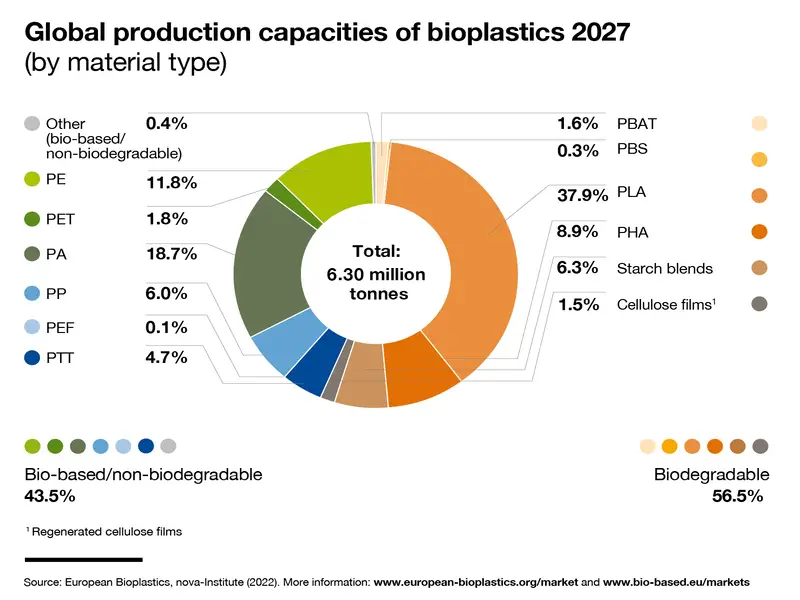
Are bioplastics the silver bullet?
Did you know that the discovery of bioplastics dates back to 1926 by a French researcher, Maurice Lemoigne from his work with the Bacterium Bacillus megaterium? Though the discovery of this material happened early on, and its adoption has been rather slow, the benefits of bioplastics are immense. To note a few, the healthcare industry utilizes biodegradable polymers for tissue engineering, drug delivery and orthopedic devices; the food industry is now focused on using disposable containers and degradable plastic bags with a complete ban on traditional plastics. The usability of bioplastics has also expanded to the world of fashion opening the doors for a new category altogether known as ‘Sustainable Fashion’. For instance, the brand Versace has a clothing line Ingeo, made from a corn based resin.
But there’s always two sides to a coin!
It’s true that bioplastics and biopolymers are what the world needs right now, but both their effectiveness as replacements and eco-friendly properties are not as great as it may seem. Different biopolymers have disadvantages such as high-water vapor permeability, oxygen permeability, fragility, low thermal resistance, low mechanical properties, vulnerability to degradation, and low processability. Additionally, they require expensive processors and sophisticated industrial composters coupled with high temperatures to decompose.
While it is true that these materials come with their own set of advantages and challenges, collectively they offer a diverse toolbox for building a more sustainable future.
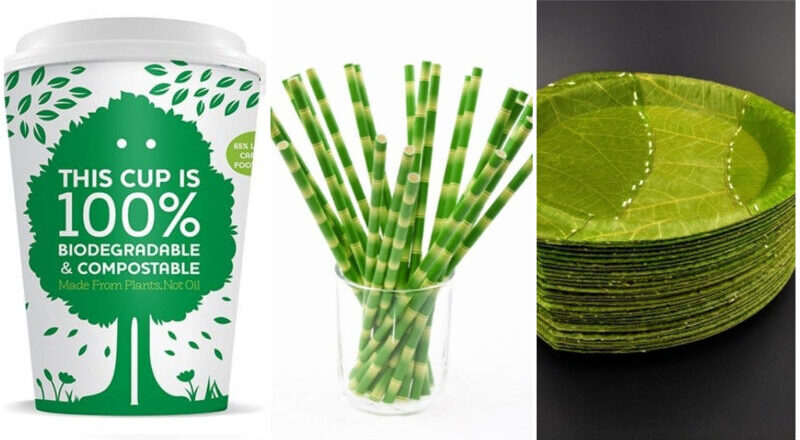
Bioplastics and packaging
Packaging remains the largest market segment for bioplastics with 48% (almost 1.1 million tonnes) of the total bioplastics market in 2022. There are interesting solutions in the world of packaging such as edible alternatives, seaweed, and algae-based plastics, coupled with the use of traditional paper and cardboard-based packaging. Here are a few stand out ones that we came across:
Mushroom-based packaging: Mycelium, the root-like structure of fungi, is being used to create a wide range of products, including packaging materials. Mushroom-based packaging is not only biodegradable but also compostable, making it an excellent eco-friendly option for replacing traditional plastic packaging. The current market leader in mycelium pack-tech is Ecovative Design, based in New York, USA.
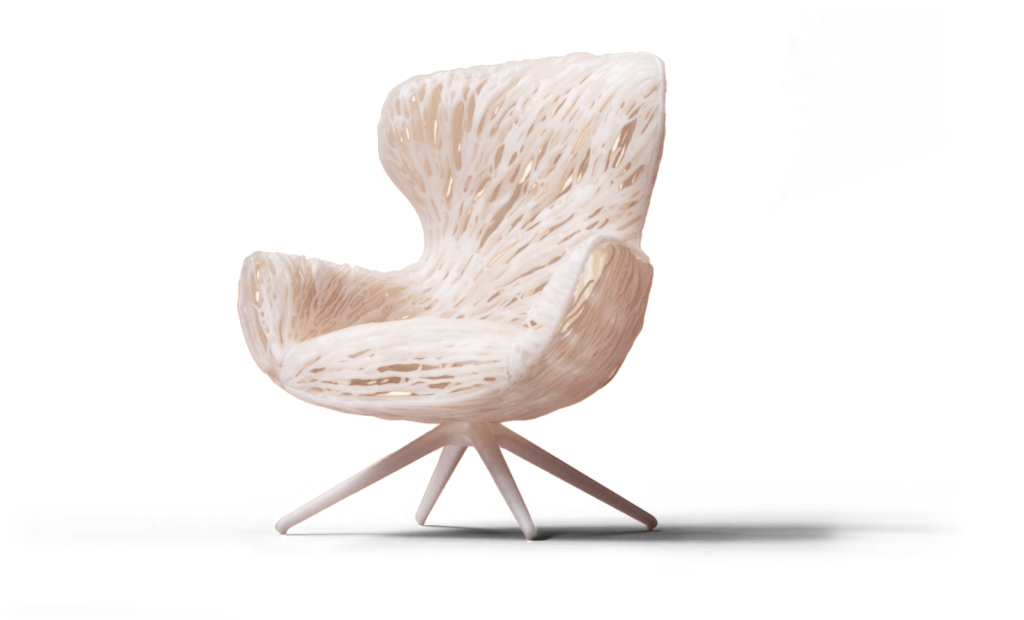
Algae-Based Plastics: Algae are rich in polysaccharides and can be used to produce biodegradable plastics. Algae-based plastics are renewable, and their production process often requires less energy compared to traditional plastics. Moreover, this can also serve as a solution to help mitigate the excess algae growth in water bodies.
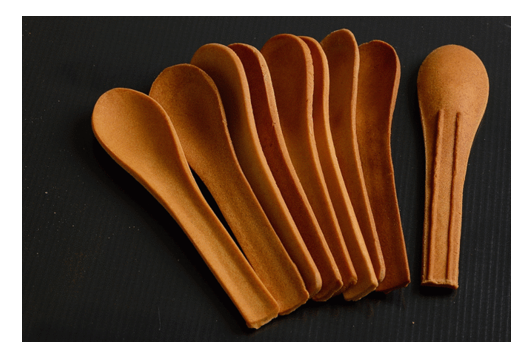
Edible Packaging: Use and eat! This unique edible packaging and cutlery was invented by Mr. Narayana Peesapaty, a student from the Indian Institute of Forest Management, to tackle the depletion of groundwater in Telangana, India. In a quest to increase the awareness about the usefulness of millets and its adoption rate for cultivation among the farmers, Mr. Peesapaty came up with this unique solution of edible cutlery as a solution to two major problems: switching from water-intensive crops to farmer-friendly millets, and reducing the usage of plastics. These cutleries made from millets, sorghum, rice, wheat, or potato starch render a creative and sustainable solution.
Paper and Cardboard Alternatives: True to the adage “old is gold”, paper and cardboard have made a comeback for their positive impact on the environment.
Silicone-Based Plastics: Silicon is known for its durability. A versatile material, silicon can be used in various applications, including kitchenware, medical devices, and even baby products. It is durable, heat-resistant, and can often be recycled.
Plant Fiber Composites: Composites made from plant fibers, such as hemp, flax, or kenaf, combined with biodegradable resins, create lightweight and robust materials suitable for automotive parts, construction, and even consumer products. These composites are renewable and have a lower carbon footprint.
Biodegradable Films and Coatings: Biodegradable films made from materials like polylactic acid (PLA) or cellulose can be used as coatings for packaging or single-use items like cutlery and straws. These coatings break down naturally, reducing plastic waste.
Metal and Glass Packaging: Sometimes, the best alternative to plastic is no plastic at all. Metal and glass containers are highly durable and infinitely recyclable. They are ideal for products like beverages, cosmetics, and food items.
The journey towards a plastic-free world can be overwhelming and inspiring at the same time. By exploring these innovative alternatives to traditional plastics and practices, and adopting them as applicable, we can take significant steps toward reducing plastic pollution and promoting sustainable living.
Related Articles


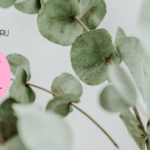
0 Comments